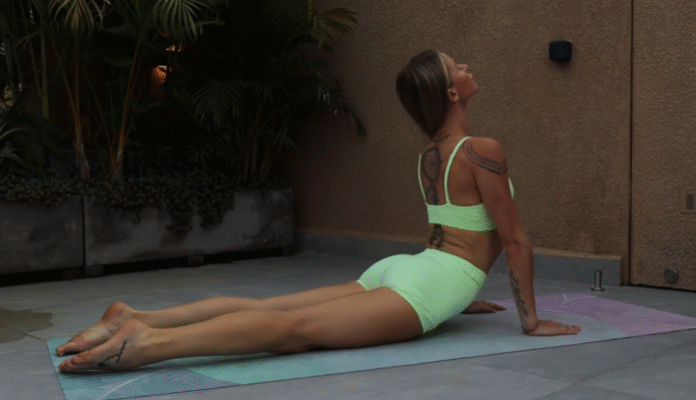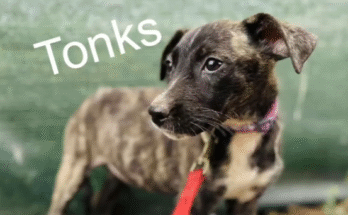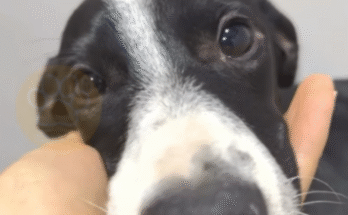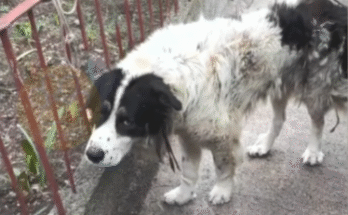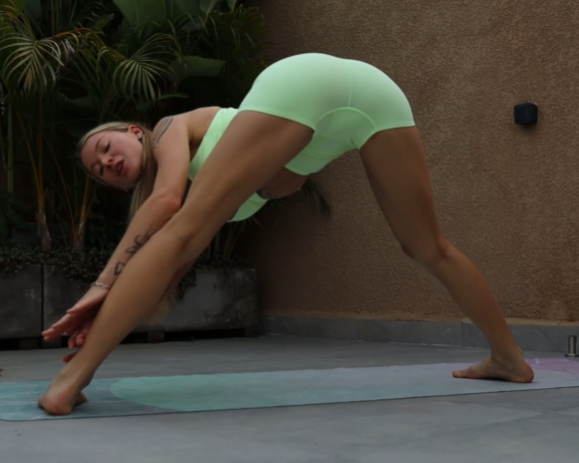
The early morning sun filtered softly through the curtains, painting warm streaks across the wooden floor. The world outside was just beginning to stir, but inside the room, serenity waited—an invitation to breathe, stretch, and reconnect. This was the moment for a Full-Body Flexibility Flow, a quick yoga and relaxation routine designed to awaken every muscle, ease tension, and prepare the body for a peaceful day ahead.
Whether you’re a beginner easing into movement or someone seeking a gentle reset after long hours of work, this flow creates the perfect balance between stretching, mindfulness, and relaxation. Each posture invites you to listen to your body, soften through tightness, and open space where you need it most.
Arriving in the Moment
Start by settling onto your mat in a comfortable seated position. Let your spine grow tall, shoulders soft, and hands resting gently on your knees. Close your eyes, inhale deeply through the nose, and feel your belly expand. Exhale slowly, letting go of any heaviness lingering from yesterday. Take three slow breaths like this—each inhalation welcoming openness, each exhalation releasing tension.
Slowly begin to roll the shoulders back and down. Let your neck relax as you tilt your head gently side to side. These first few moments serve as a reminder: yoga is not a race. Flexibility comes through patience, breath, and presence.
Warming Up the Body
Move into a tabletop position on your hands and knees. Spread your fingers wide and root your palms into the mat. Begin with Cat-Cow—inhale as your belly drops and your heart opens forward, exhale as your spine rounds and your chin lifts toward your chest. Repeat this motion several times, syncing movement with breath. Feel the spine loosen, each vertebra waking from sleep.
Transition into gentle hip circles, moving your hips clockwise and counterclockwise. This simple movement releases deep tension in the low back and hips, areas that tend to store stress from sitting, walking, and daily activity.
Melting Into the Stretch

From tabletop, shift back into Child’s Pose. Knees open wide, toes together, and arms stretched forward. Melt your chest toward the mat. Let your forehead rest. Here, the breath deepens naturally. Feel your back broaden and your hips soften. Stay for several slow breaths—this pose resets the nervous system and prepares your body for deeper flexibility work.
When you’re ready, glide forward into Sphinx Pose. Elbows under shoulders, forearms grounded, heart lifting gently. This lengthens the abdominal muscles and creates smooth, healthy extension in the spine. Don’t force the lift—let it be natural, supported by your back muscles and breath.
Opening the Hips and Legs
Return to a neutral position and step your right foot forward into a low lunge. Sink your hips forward as your chest rises, feeling the stretch along the front of your left leg. Modern lifestyles create tight hip flexors, and this posture works like a soft release valve. Hold for a few breaths before shifting back into a half-split, extending your right leg forward and folding gently over it. This combination strengthens the hamstrings and teaches them to lengthen with breath rather than strain.
Repeat the sequence on the other side, moving slowly and mindfully.
Next, come to a standing position at the top of your mat and fold forward in Uttanasana. Bend your knees if needed. Let your head hang heavy, releasing the weight of your thoughts. Gently sway left and right, loosening the back body from calves to shoulders. Then slowly roll up to standing.
Lengthening the Upper Body
Stand tall in Mountain Pose, grounding evenly through both feet. Inhale as you sweep your arms overhead. Exhale as you fold forward again. On your next inhale, lift halfway, lengthening the spine. Step back into Downward-Facing Dog. This classic pose stretches the entire body—spine, shoulders, calves, hamstrings. Pedal your feet to warm up the legs, then press your hips back, creating space through the back body.
Transition into Thread the Needle: from tabletop, slide your right arm under the left, resting your shoulder and cheek on the mat. This gentle twist melts tension in the shoulders and upper back. Hold and breathe. Repeat on the opposite side.
Add a Puppy Pose stretch by walking your hands forward, keeping your hips stacked above your knees, and melting your chest downward. This deep shoulder opener also expands the heart space, improving posture and upper-body mobility.
Strength Meets Flexibility
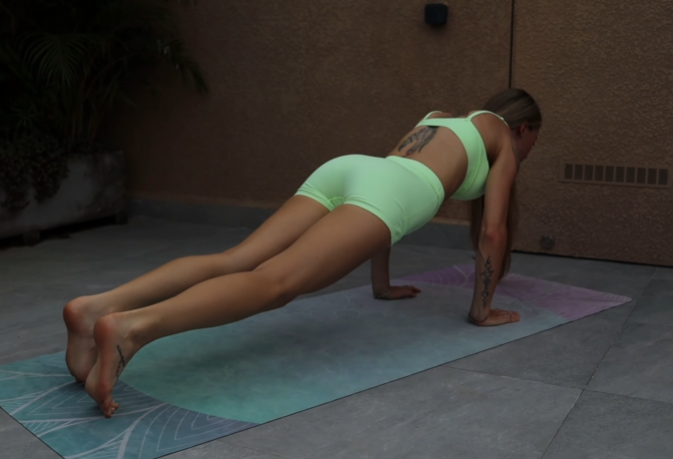
Though this flow centers on relaxation, a little strength enhances flexibility by stabilizing the muscles that support your joints.
Move into a low plank, holding for a few breaths. Keep the body long and the core engaged. Transition into Cobra Pose, feeling your chest widen. Then lift into a gentle Upward-Facing Dog if your body feels ready.
Flow back into Downward Dog, step your feet forward, and rise up to standing.
From here, practice a standing quad stretch by bending your right knee and drawing your foot gently toward your glutes. Keep your knees aligned and your core engaged. This targets the quads but also improves balance. Switch sides.
Step wide for a Wide-Legged Forward Fold, letting your upper body hang between your legs. This releases deep tension in the hamstrings and inner thighs. You can place your hands on the floor or hold your ankles for a deeper stretch.
Deep Hip & Spine Opening
Move into Pigeon Pose on the right side. Fold forward gently. This posture is powerful—it unlocks emotional and physical tightness held in the hips. Stay for several breaths before switching sides.
Next, lie on your back and bring your knees into your chest. Gently rock side to side. This massages the low back and prepares you for a spinal twist. Drop your knees to the right while extending your left arm out. Look opposite the knees. Let your spine unwind and your breath guide the twist. Repeat on the other side.
Relaxation & Closing

Finish your flexibility routine in Savasana. Lie flat on the mat, feet falling open, arms relaxed at your sides. Close your eyes. Feel the remnants of movement tingling through your body—warmth, ease, softness. Let your breath return to its natural rhythm.
This moment of stillness is just as important as the movement that came before it. It allows your body to integrate the stretches, your mind to settle, and your nervous system to shift into calm.
Stay here for as long as you like.
When you’re ready, gently wiggle your fingers and toes, stretch your arms overhead, and roll to one side before sitting up. Take one final deep breath in and exhale with gratitude for the time you gave to your body.
